Home>Gardening & Outdoor>Outdoor Structures>What Is A House Wrap On A Shed
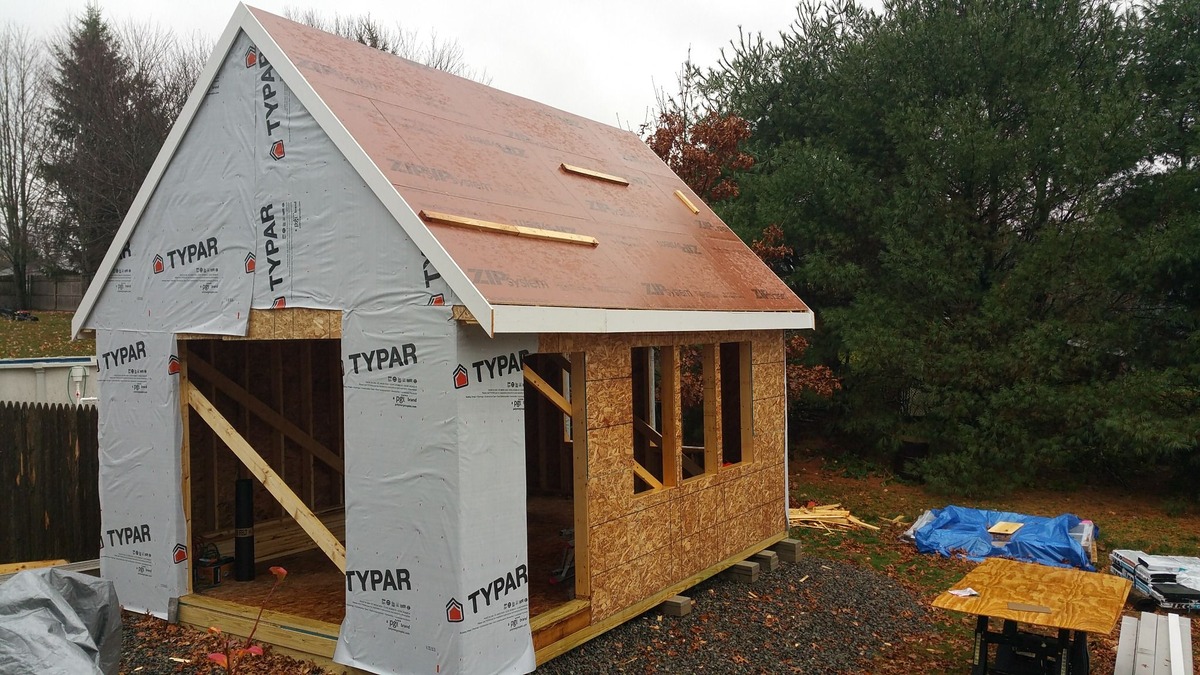

Outdoor Structures
What Is A House Wrap On A Shed
Published: January 20, 2024
Learn about the importance of a house wrap for sheds and outdoor structures. Discover how it protects against moisture and improves energy efficiency.
(Many of the links in this article redirect to a specific reviewed product. Your purchase of these products through affiliate links helps to generate commission for Storables.com, at no extra cost. Learn more)
Introduction
When it comes to building a shed, ensuring its longevity and durability is of utmost importance. One essential component that plays a significant role in safeguarding the shed against the elements is a house wrap. You might be familiar with house wrap in the context of residential constructions, but its application to sheds can be equally beneficial. In this comprehensive guide, we will delve into the significance of house wrap for sheds, its types, installation process, and the myriad advantages it offers. By the end, you will have a profound understanding of why incorporating house wrap into your shed construction is a wise decision.
Now, let’s embark on this enlightening journey to unravel the mysteries of house wrap and its role in fortifying sheds against the forces of nature.
Key Takeaways:
- House wraps are like protective shields for sheds, keeping out moisture and air to prevent mold, rot, and decay. They also help save energy and make the shed more durable and comfortable.
- Choosing the right type of house wrap and installing it properly can make sheds last longer, be more energy-efficient, and provide a cozy space for various activities.
Read more: How To Build A Shed House
What Is a House Wrap?
A house wrap, also known as a weather-resistant barrier, is a thin, lightweight material typically made from synthetic fibers such as polyethylene or polypropylene. It is designed to be installed onto the exterior sheathing of a building, including sheds, before the application of the final exterior cladding. The primary function of a house wrap is to provide a protective layer that helps to prevent the infiltration of moisture and air into the building structure while allowing water vapor to escape from the interior.
House wraps act as a crucial line of defense against the elements, effectively shielding the building from wind-driven rain, snow, and dust. By creating a barrier against moisture intrusion, house wraps contribute to the overall structural integrity of the shed, safeguarding it from potential damage caused by water infiltration.
Furthermore, house wraps can enhance the energy efficiency of the shed by reducing air leakage, thereby helping to maintain a comfortable indoor environment and potentially lowering heating and cooling costs.
In essence, a house wrap serves as a protective shield for the shed, promoting longevity, energy efficiency, and structural resilience.
Why Use House Wrap on a Shed?
Integrating a house wrap into the construction of a shed offers a multitude of compelling benefits that contribute to the overall performance and longevity of the structure. Here are several reasons why using house wrap on a shed is a prudent decision:
- Moisture Management: House wraps serve as a crucial defense mechanism against moisture intrusion. By preventing water from seeping into the shed’s walls, they help mitigate the risk of mold, rot, and decay, thus preserving the structural integrity of the shed over time.
- Air Infiltration Control: House wraps effectively reduce air infiltration, minimizing drafts and heat loss while enhancing the shed’s energy efficiency. This can lead to more stable indoor temperatures and reduced energy consumption for heating and cooling.
- Enhanced Durability: By acting as a protective barrier, house wraps shield the shed’s exterior sheathing from the damaging effects of wind, rain, and other environmental elements, thereby extending the lifespan of the structure.
- Improved Comfort: The installation of a house wrap can contribute to a more comfortable interior environment by minimizing drafts and maintaining consistent indoor temperatures, creating a more pleasant space for storage, workshops, or other activities.
- Energy Efficiency: House wraps play a role in enhancing the shed’s energy performance by reducing heat loss and air leakage, potentially leading to lower energy costs and a smaller environmental footprint.
These benefits underscore the significance of incorporating a house wrap into the construction of a shed, emphasizing its pivotal role in fortifying the structure against the elements and promoting long-term durability and efficiency.
Types of House Wrap
House wraps are available in various types, each offering distinct features and benefits. Understanding the differences between these types can help shed builders make informed decisions about the most suitable house wrap for their specific requirements. Here are some common types of house wraps:
- Felt Paper: Felt paper, also known as asphalt felt or tar paper, has been a traditional choice for house wrap. It is made from organic materials or fiberglass and is commonly used as a weather-resistant barrier. While it provides some level of moisture resistance, it is important to note that felt paper may not offer the same level of water and air resistance as modern synthetic house wraps.
- Non-Perforated Wraps: Non-perforated house wraps are designed to prevent the infiltration of moisture and air into the building while allowing water vapor to escape. These wraps offer excellent protection against the elements and are suitable for sheds located in areas with high exposure to wind-driven rain.
- Perforated Wraps: Perforated house wraps are engineered to balance moisture resistance with breathability. They allow for the escape of water vapor while providing a barrier against external moisture. These wraps are well-suited for sheds in regions with moderate climate conditions.
- Integrated Wraps: Integrated house wraps, often referred to as all-in-one systems, combine the house wrap with additional insulation, providing enhanced thermal performance and moisture management. These wraps offer the benefits of both insulation and weather resistance in a single product.
- Synthetic Wraps: Synthetic house wraps, such as those made from polyethylene or polypropylene, are widely used for their superior moisture resistance and durability. They are lightweight, easy to install, and offer exceptional protection against moisture intrusion and air infiltration.
It is essential to assess the specific environmental conditions, building requirements, and performance attributes when selecting a house wrap for a shed. By choosing the most suitable type of house wrap, shed builders can optimize the protective capabilities of the wrap and enhance the overall resilience of the structure.
A house wrap on a shed is a moisture barrier that helps protect the shed from water and air infiltration. It should be installed properly to ensure it is effective in keeping the shed dry and insulated.
Installation of House Wrap on a Shed
The proper installation of house wrap is crucial to ensure its effectiveness in safeguarding the shed against moisture and air infiltration. Here is a step-by-step guide to the installation process:
- Prepare the Surface: Begin by ensuring that the exterior sheathing of the shed is clean, dry, and free from any protrusions or damage that could compromise the integrity of the house wrap.
- Start at the Bottom: Unroll the house wrap along the bottom of the shed, securing it to the sheathing with cap nails or staples. It is essential to overlap the seams of the house wrap to create a continuous barrier against moisture intrusion.
- Secure and Trim: As you progress upward, continue to secure the house wrap to the sheathing, ensuring that it remains taut and free from wrinkles or sagging. Trim the excess wrap as needed to maintain a neat and uniform appearance.
- Seal Joints and Penetrations: Pay special attention to sealing around windows, doors, and other penetrations using compatible flashing tape to prevent water infiltration at these vulnerable points.
- Protect Edges and Corners: Use house wrap tape to seal and protect the edges and corners of the house wrap, further enhancing its resistance to wind-driven rain and air leakage.
- Inspect for Proper Installation: Once the house wrap is installed, conduct a thorough inspection to ensure that it is properly sealed, free from tears or punctures, and adequately overlapped at the seams.
It is important to follow the manufacturer’s guidelines and local building codes during the installation process to ensure compliance and optimal performance. By meticulously installing the house wrap, shed builders can fortify the structure against the elements, laying the foundation for a durable and resilient shed.
Read more: How To Turn A Shed Into A House
Benefits of Using House Wrap on a Shed
Integrating a house wrap into the construction of a shed yields an array of compelling benefits that significantly enhance the structure’s performance, longevity, and overall quality. Here are several key advantages of using house wrap on a shed:
- Moisture Management: House wraps create a protective barrier against moisture infiltration, safeguarding the shed’s interior and exterior from the detrimental effects of water, including mold, rot, and decay.
- Enhanced Durability: By shielding the shed from wind-driven rain, snow, and other environmental elements, house wraps contribute to the longevity and structural integrity of the building, reducing the risk of deterioration and damage over time.
- Improved Energy Efficiency: House wraps help minimize air infiltration, thereby reducing drafts and heat loss. This enhances the shed’s energy efficiency, potentially leading to lower heating and cooling costs and a more comfortable indoor environment.
- Environmental Protection: By mitigating the risk of moisture-related issues, house wraps support sustainable shed construction by promoting long-term durability and reducing the need for repairs and replacements.
- Comfort and Livability: The use of house wraps contributes to a more comfortable and stable indoor environment within the shed, creating a conducive space for storage, workshops, or other activities.
- Structural Resilience: House wraps provide an additional layer of defense against the elements, reinforcing the shed’s resistance to weather-related wear and tear, thus prolonging its lifespan.
These benefits underscore the pivotal role of house wraps in fortifying sheds against environmental challenges, promoting sustainability, and ensuring long-term performance and quality.
Conclusion
In the realm of shed construction, the inclusion of a house wrap stands as a fundamental strategy for fortifying the structure against the elements and promoting long-term durability and performance. By serving as a protective barrier against moisture infiltration and air leakage, house wraps play a pivotal role in preserving the shed’s structural integrity and enhancing its energy efficiency.
Understanding the diverse types of house wraps and their respective benefits empowers shed builders to make informed decisions when selecting the most suitable wrap for their specific requirements. Whether it’s a non-perforated wrap for high exposure areas or an integrated wrap for enhanced thermal performance, the choice of house wrap can significantly impact the shed’s resilience and longevity.
Moreover, the meticulous installation of house wraps is paramount to their effectiveness. Following proper installation procedures, including sealing joints, protecting edges, and conducting thorough inspections, ensures that the house wrap functions as a robust defense mechanism against the forces of nature.
Ultimately, the utilization of house wraps on sheds yields a multitude of benefits, ranging from moisture management and enhanced durability to improved energy efficiency and environmental protection. By embracing the protective prowess of house wraps, shed builders can lay the groundwork for sustainable, resilient structures that stand the test of time.
As you embark on your shed construction journey, consider the invaluable role that a house wrap plays in fortifying the structure against the elements, promoting sustainability, and ensuring a comfortable and enduring space for your endeavors.
Frequently Asked Questions about What Is A House Wrap On A Shed
Was this page helpful?
At Storables.com, we guarantee accurate and reliable information. Our content, validated by Expert Board Contributors, is crafted following stringent Editorial Policies. We're committed to providing you with well-researched, expert-backed insights for all your informational needs.
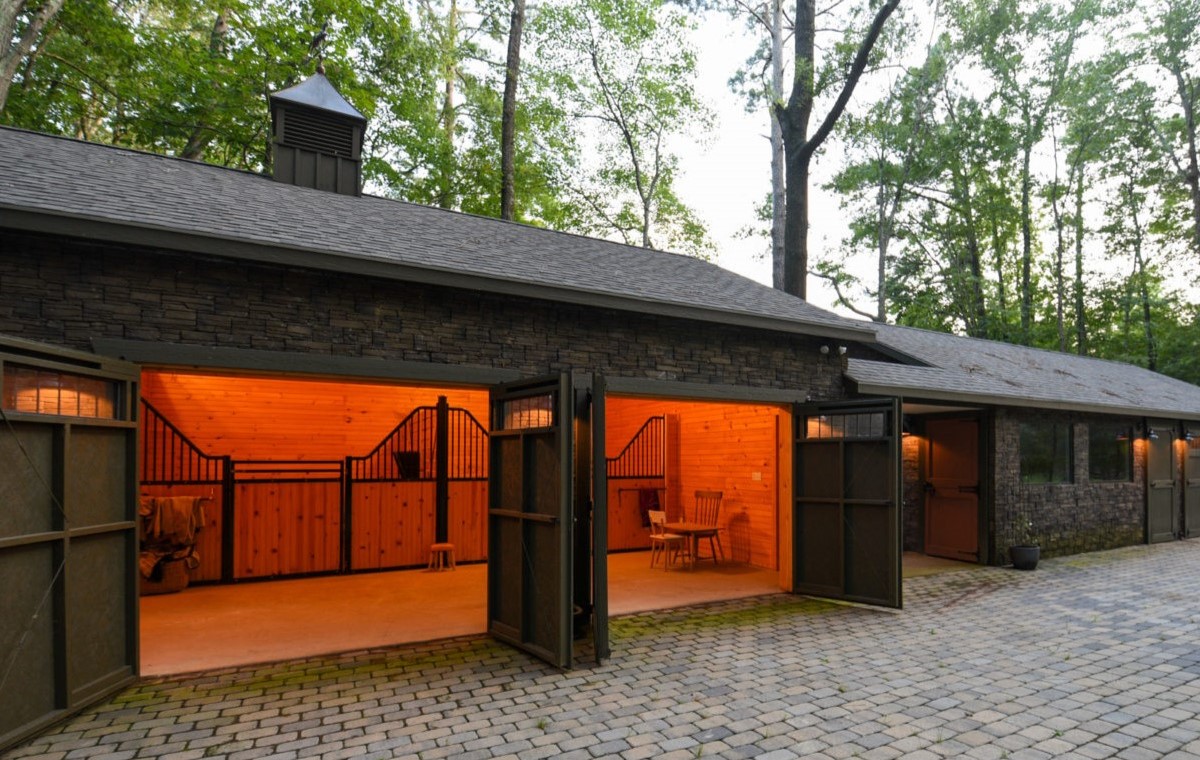
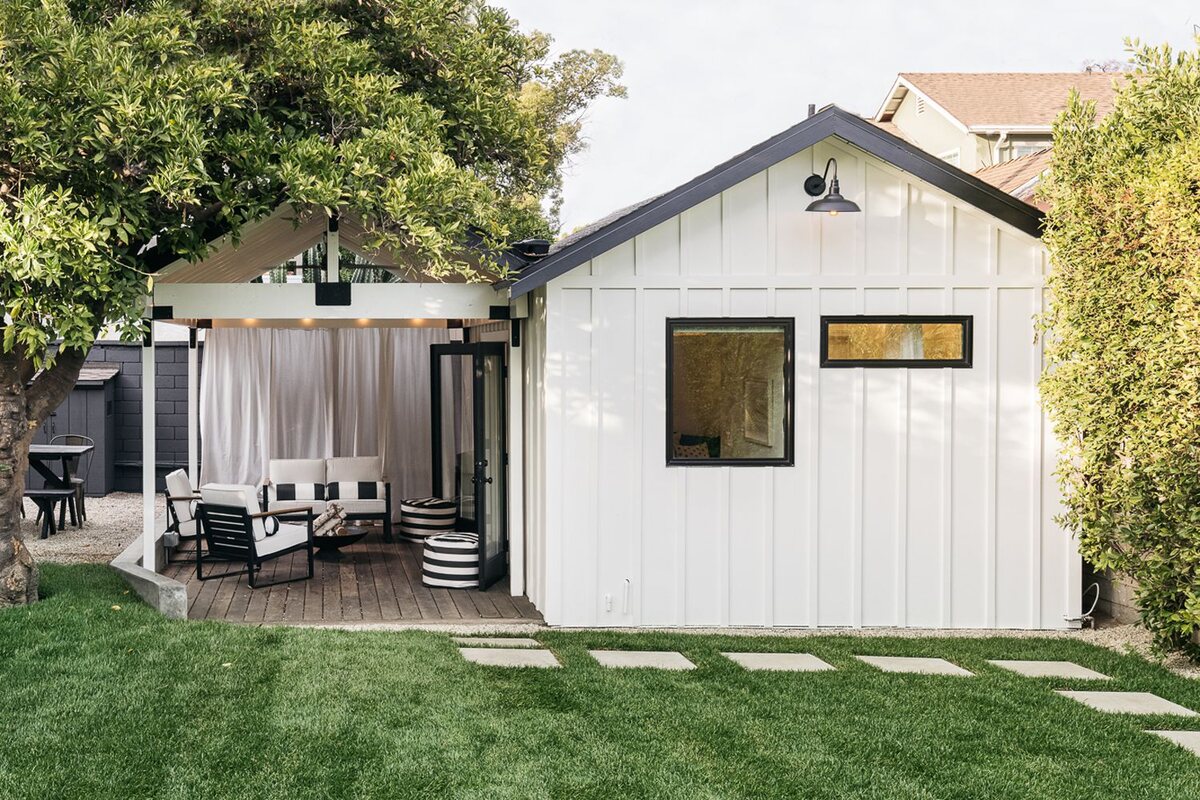

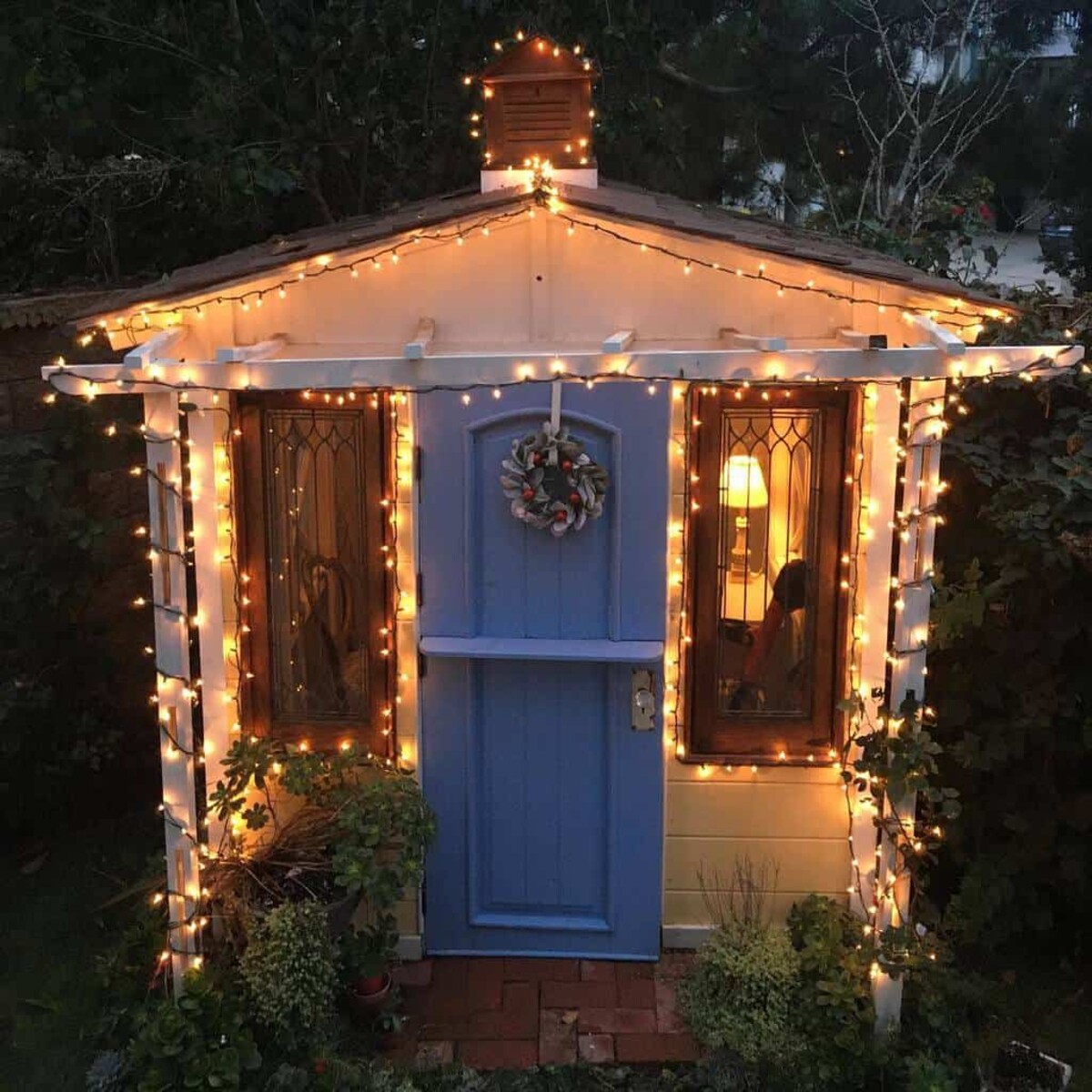
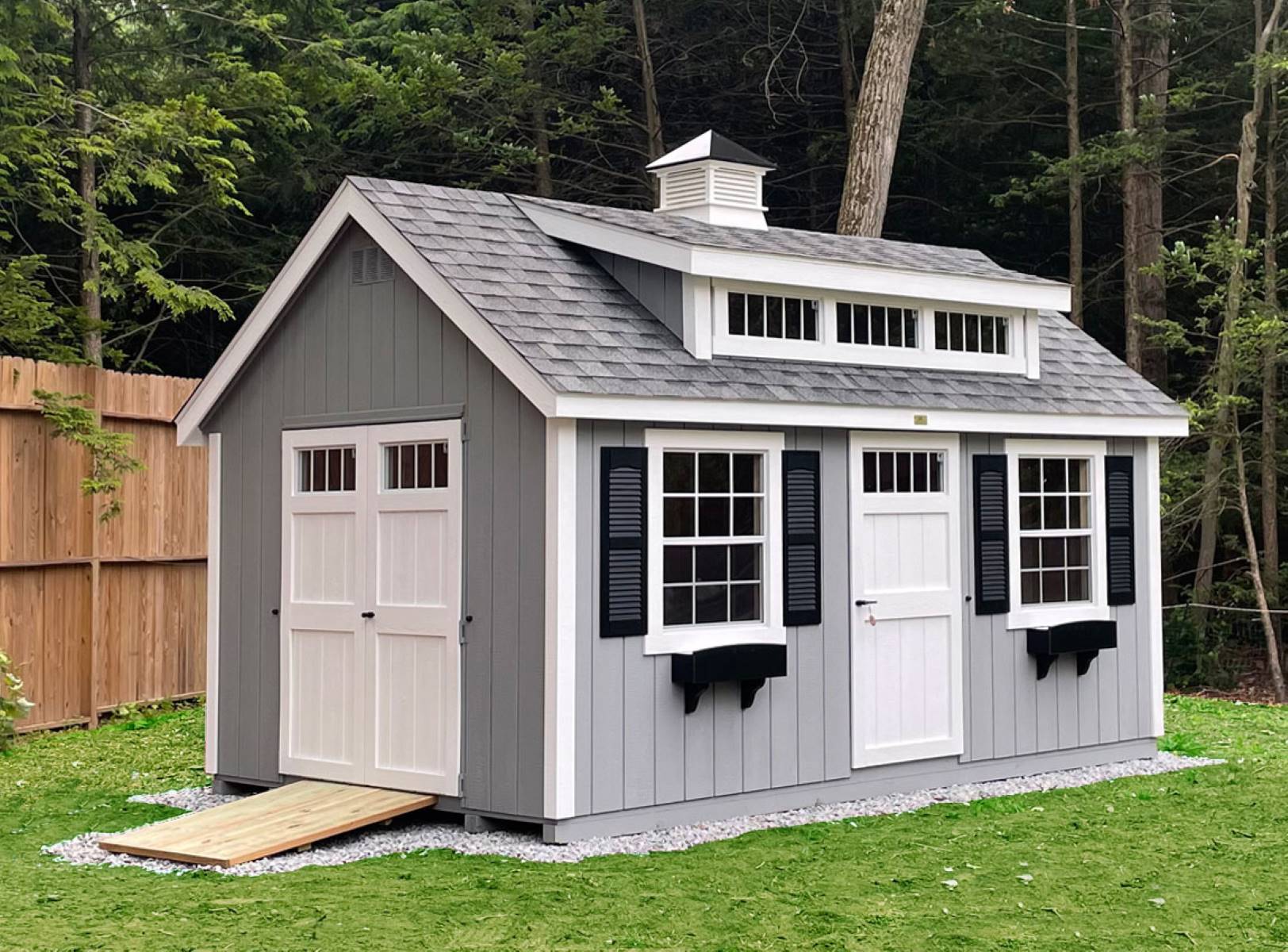
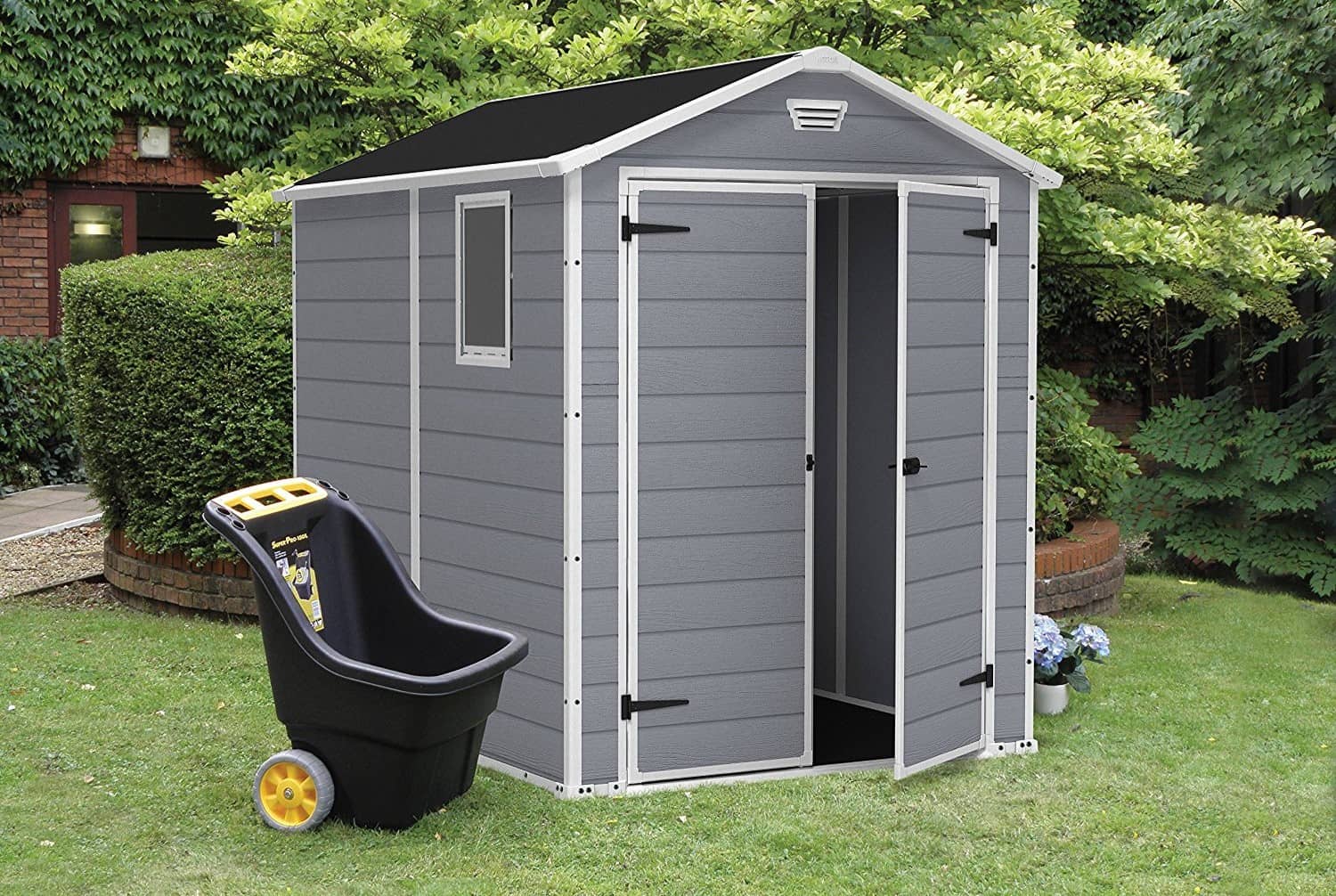
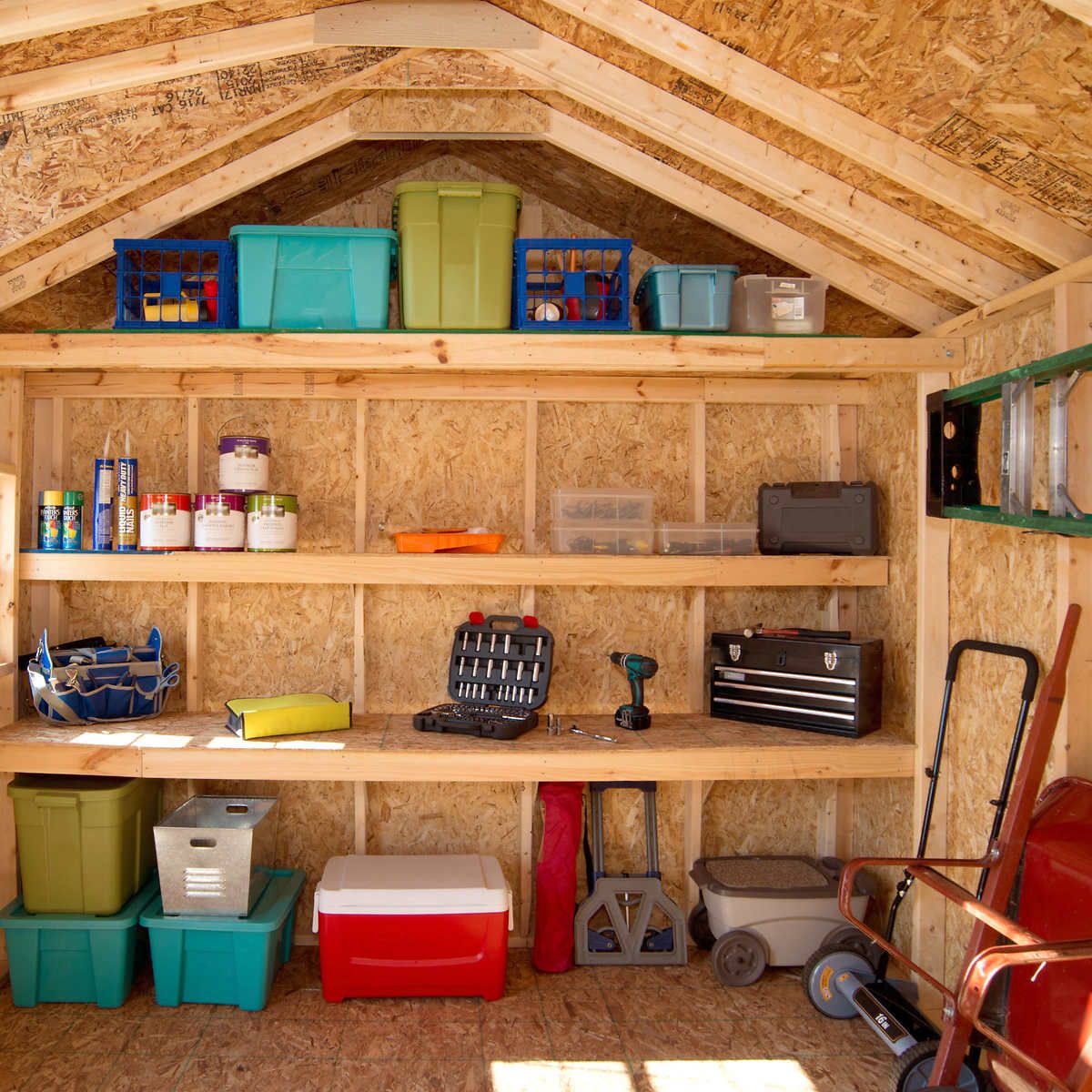
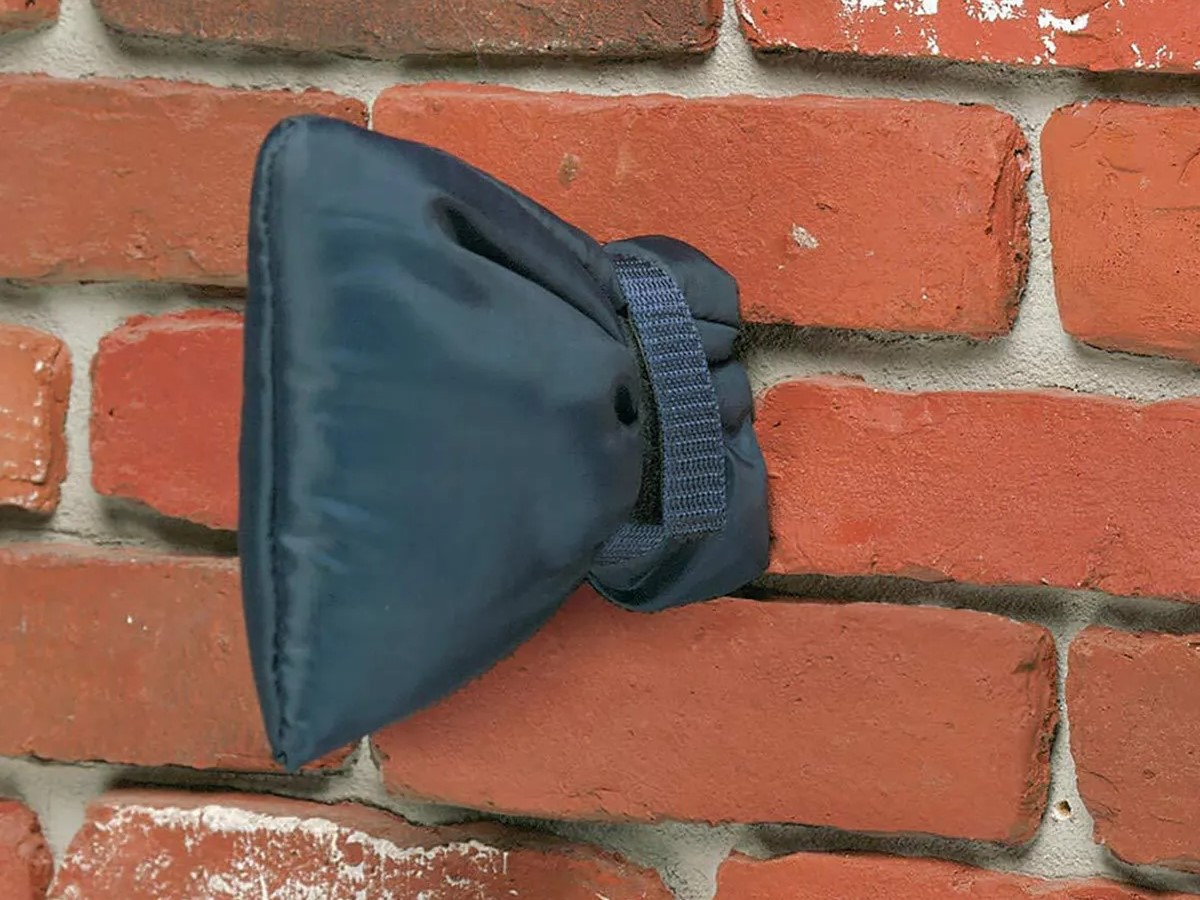

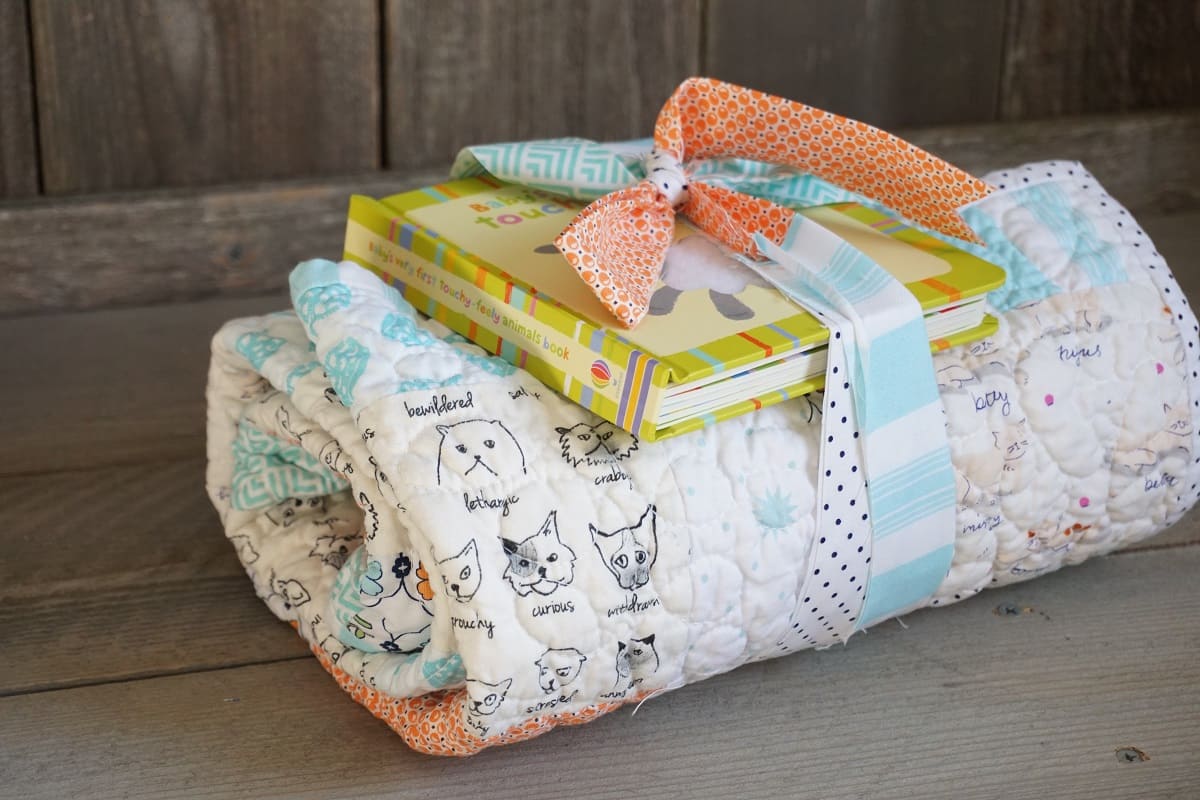
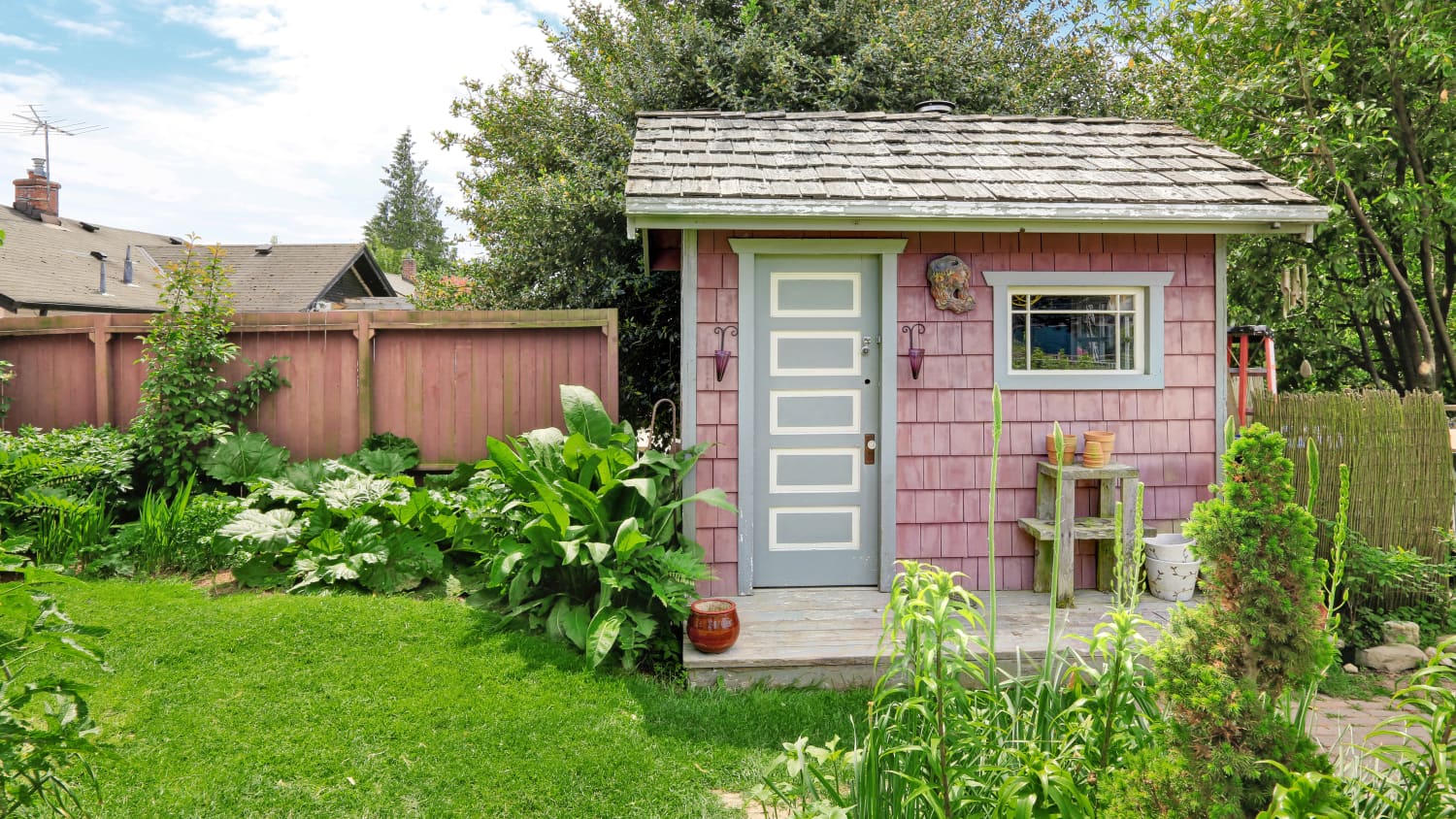
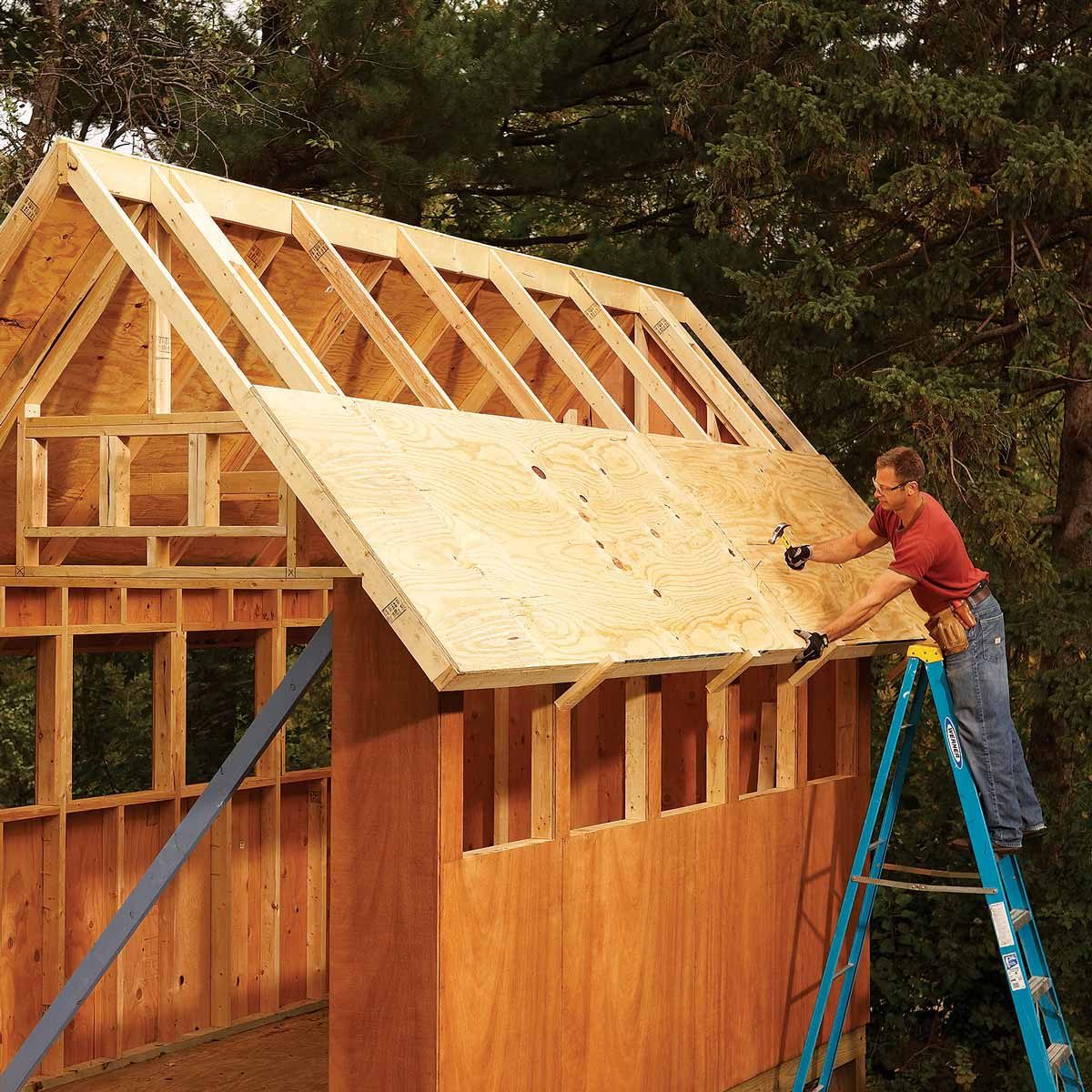
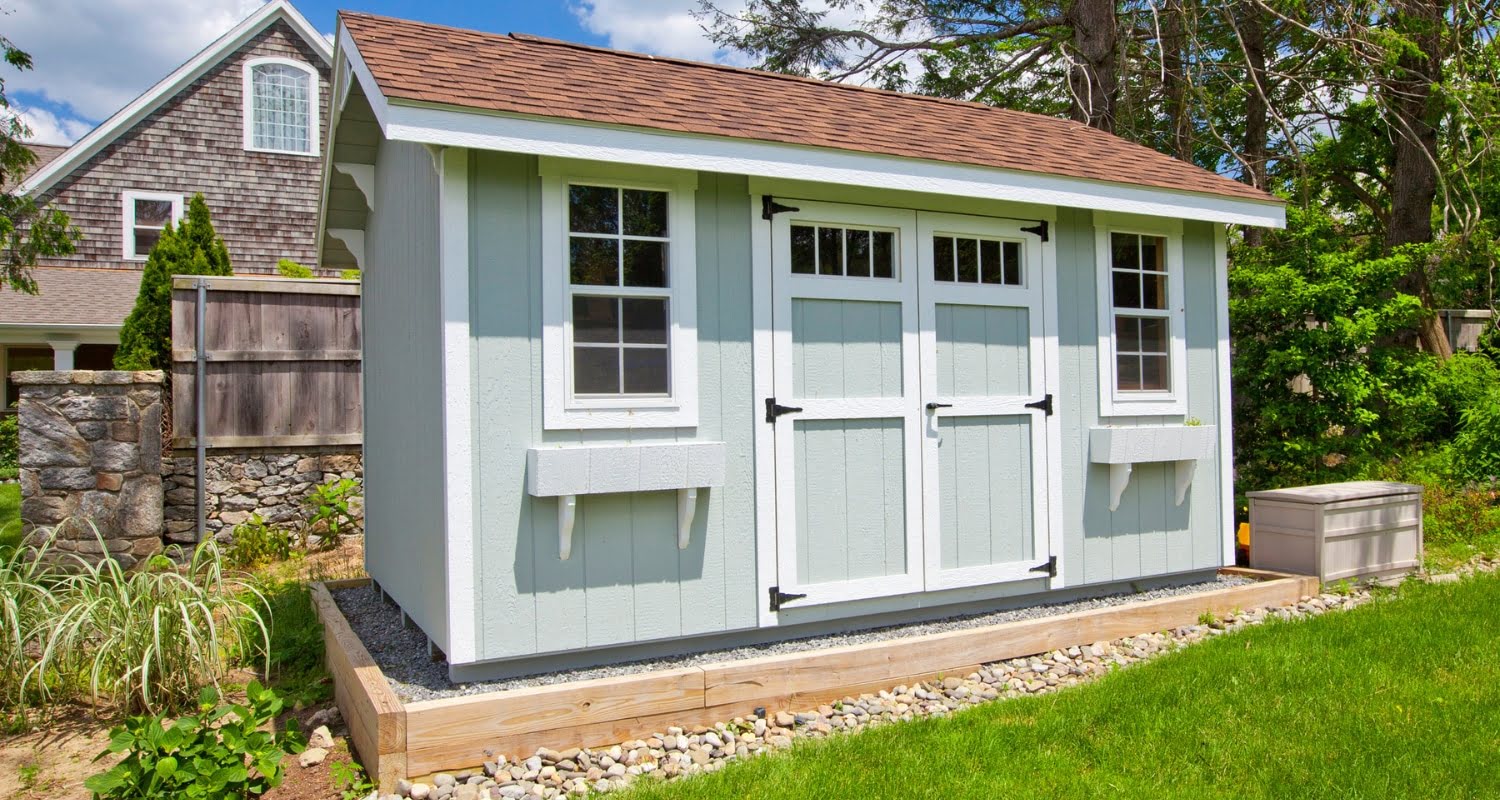
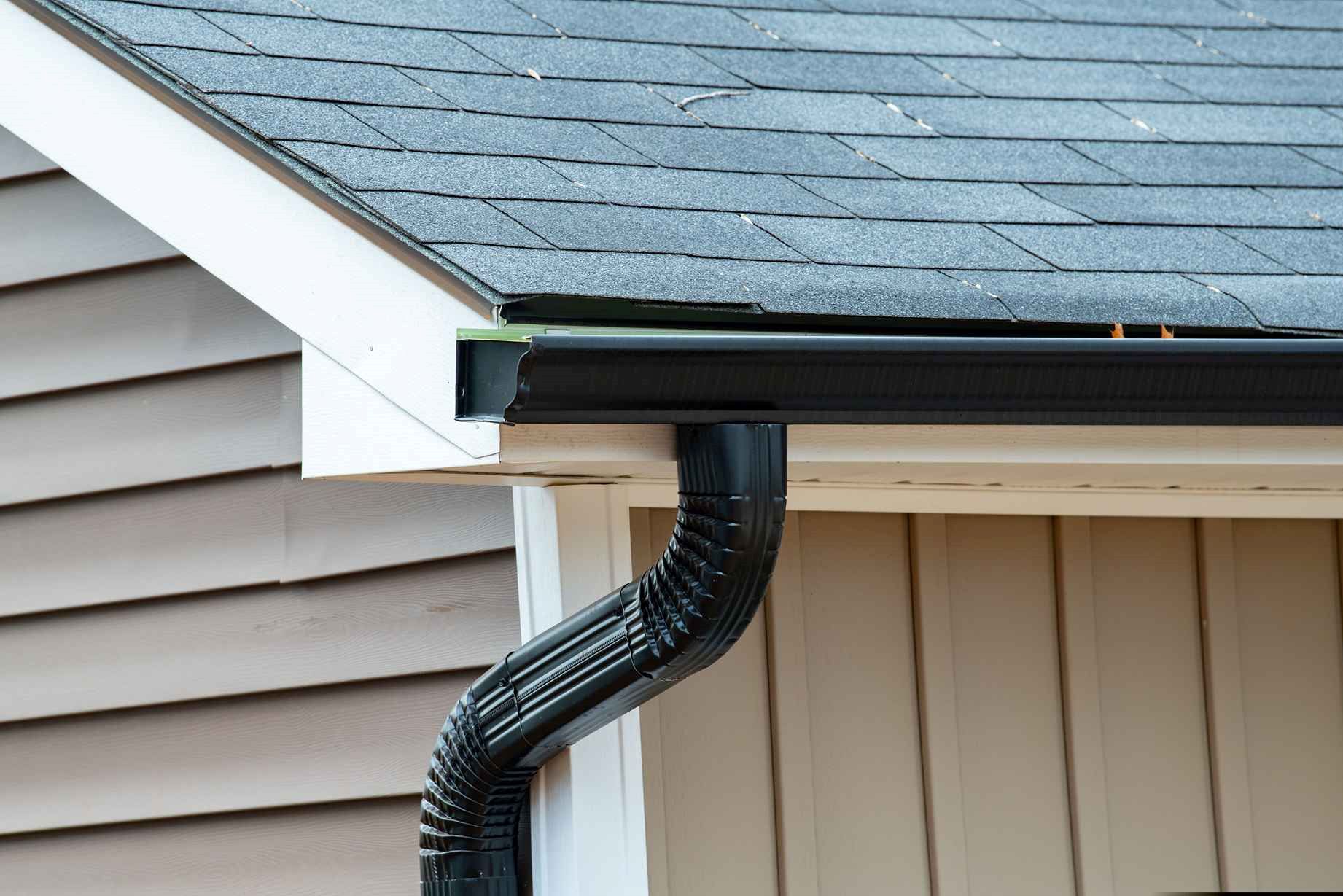

0 thoughts on “What Is A House Wrap On A Shed”